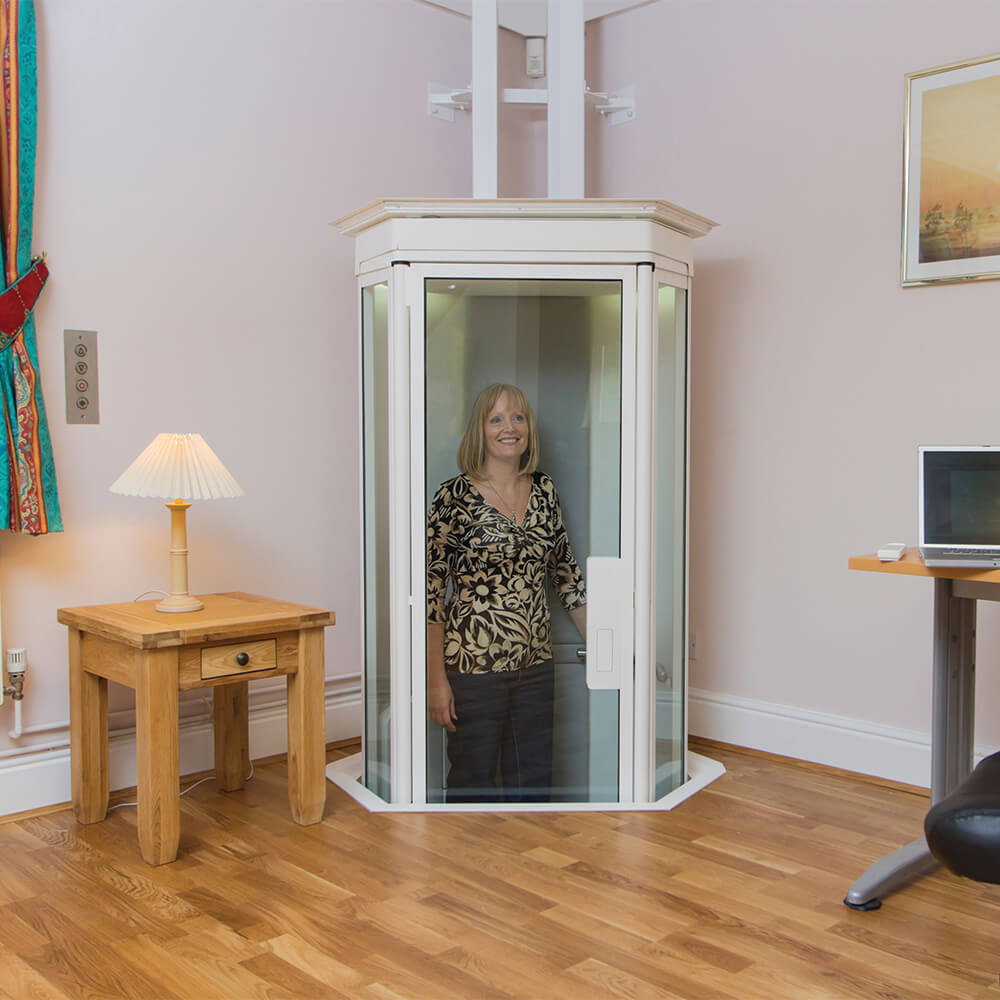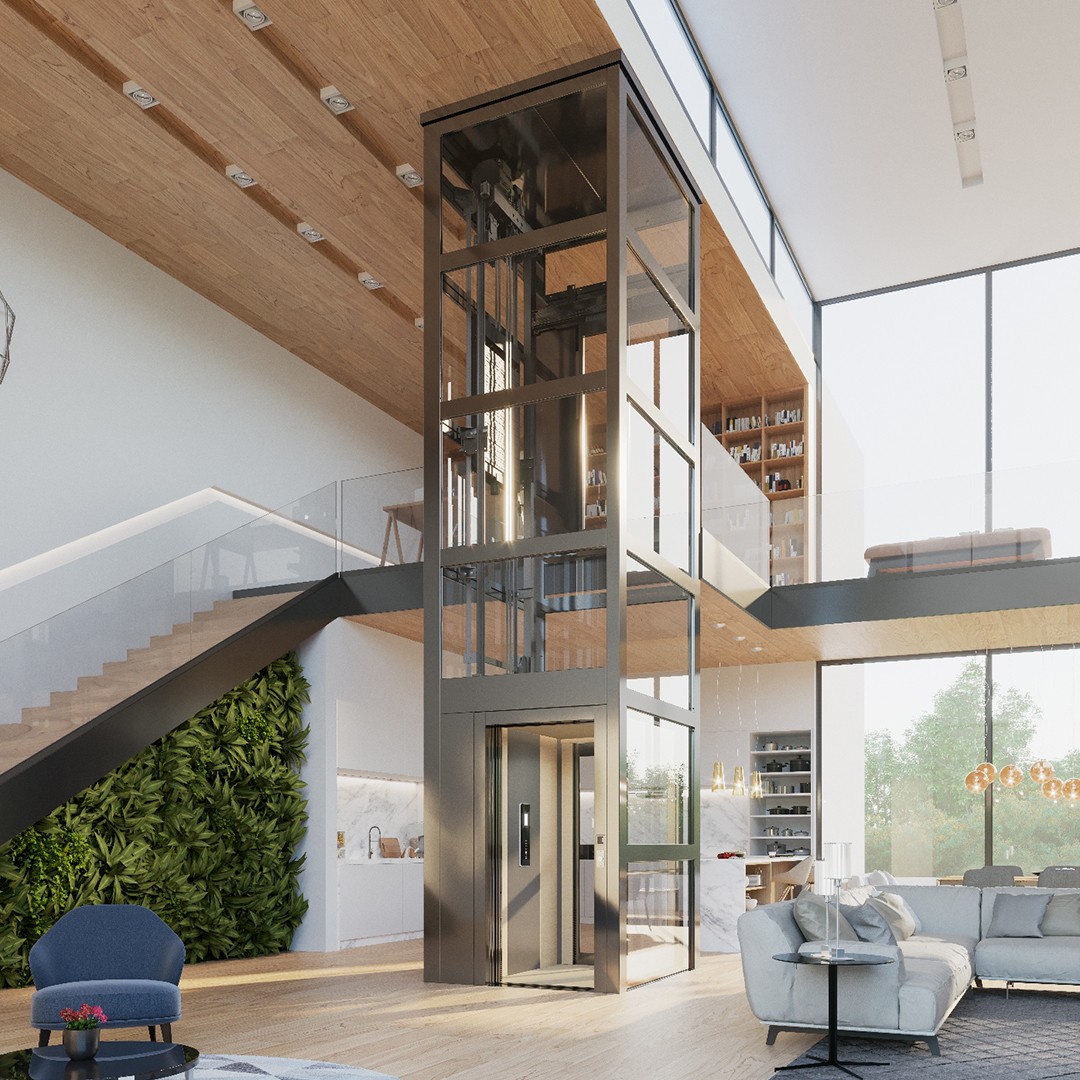

 Release time:2024-12-29
Release time:2024-12-29
As urbanization continues to accelerate, more and more high-rise buildings are emerging, and elevators, as a necessary facility in high-rise buildings, are increasingly becoming an important part of daily life. Whether it is residential, commercial or office buildings, the popularity of elevators is increasing. However, for many consumers and developers, the procurement cost of elevators is still an expense that cannot be ignored. In this context, cheap elevators attract many consumers with their low prices, but what kind of risks are hidden behind “cheap”? Should we buy a cheap elevator or not?


1. Behind the Low Price: Quality and Safety Risks
Elevator is a high-tech, complex engineering facilities, its design and manufacturing involves a number of fields, including mechanical, electronic, control systems and other technical aspects of the comprehensive consideration. The quality of elevators is directly related to the safety of passengers. Cheap elevators usually mean that lower-cost materials and technologies are used in the manufacturing process, and even in order to compress costs, some cheap elevator manufacturers may ignore strict quality control and standards, resulting in unstable elevator quality and unprotected safety.
● Materials and Construction:The main cost savings of cheap elevators are usually reflected in the selection of materials. Low-quality steel, plastic parts and electrical components may drastically reduce the durability of an elevator. For example, key components such as the steel cables of the elevator, the sliding rails of the doors, and the circuit boards of the control system may malfunction after a period of time, or even cause the elevator to stop working, if substandard materials are used.
● Failure and Safety Hazards:Cheap elevators are prone to frequent failures in the course of use. These malfunctions not only affect the normal operation of the elevator, but also may bring about safety hazards. For example, problems with the control system of the elevator may cause the elevator to stop running, the doors to get stuck, or even more serious accidents of loss of control. While these problems may not be obvious at the initial stage, the risk will gradually increase with the passage of time. For high-rise buildings, the safety hazards brought about by such failures are even more not to be ignored.
2. The Trade-off Between Elevator Performance and Additional Functions
In addition to the basic operating functions, the additional functions and performance of the elevator are also key criteria for measuring its quality. In order to reduce the cost, cheap elevators often cut down the additional functions drastically and even simplify the performance configuration of the elevator. This means that cheaper elevators may not provide a more efficient, comfortable and intelligent ride experience.
● Comfort and Noise Control:The comfort and noise control of an elevator directly affects the passenger experience. Cheap elevators, due to the use of more rudimentary vibration damping and soundproofing systems, may experience greater operating noise, affecting the quality of life of floor occupants. For commercial and high-end residential buildings, quiet and smooth elevator operation is very important, not only affecting the comfort of the ride, but also affecting the overall image of the building.
● Intelligence and Energy Efficiency:Modern elevators are becoming more and more intelligent, and many high-end elevators are equipped with intelligent control systems, which are able to reduce the elevator's no-load time, lower energy consumption, and improve the efficiency of transportation through efficient scheduling algorithms. Cheap elevators usually lack these intelligent features and may adopt traditional elevator control methods, leading to energy waste and low transport efficiency.
● Safety Features:Cheaper elevators may not offer better safety technology. For example, modern elevators are usually equipped with intelligent monitoring systems that can detect the operational status of the elevator in real time, identify potential faults and provide early warnings. Some low-priced elevators, however, may lack such high-end safety features, making it difficult to respond and deal with malfunctions in a timely manner should they occur.
3. Long-term Cost of Elevator Use
While the initial purchase cost of a cheap elevator is low, its long-term cost of use may be much higher than that of a high-quality elevator. This includes maintenance costs, repair costs, and the cost of elevator replacement.
● Maintenance and Repair:Cheap elevators are often not designed with long-term stability in mind, so their components are of poorer quality and prone to wear and tear and failure. In order to ensure the normal operation of the elevator, frequent maintenance and repair are inevitable, and this will undoubtedly increase the cost of use. At the same time, the maintenance of cheap elevators may need to rely on simpler technical support, resulting in insufficient technical level of maintenance personnel, thus increasing the probability of failure and repair time.
● Power Consumption:Cheap elevators are usually not designed for energy efficiency optimization, and may adopt a more traditional electric drive system, which will not only lead to higher energy consumption of the elevator, but will also increase the burden of the user's electricity bill. In contrast, high-quality elevators often have more efficient power control systems that can reduce energy consumption through intelligent scheduling, thus reducing overall operating costs.
● Equipment Life:Cheaper elevators usually have a shorter life span, especially for brands with lower technical standards. A short service life means that equipment replacement or large-scale rehabilitation is required within a shorter period of time, which increases long-term costs. In contrast, high-end elevators have a longer lifespan, and although the initial investment is higher, the overall investment is rather more economical in the long run.
4. Regulations and Certification: Does It Meet the Safety Standards?
As an elevator is a life-safety facility, its safety standards and compliance are critical. Local governments have strict elevator safety standards that require elevator manufacturers to undergo relevant safety certifications. Cheap elevators may ignore some safety norms or have problems with product certification in order to save costs during the manufacturing process.
● Certification and Quality Assurance:Many manufacturers of cheap elevators may not have been certified by international or domestic authorities, which means that their elevator products may not have gone through rigorous quality testing and safety assessment. If the elevator does not pass the relevant certification, it is not only more risky to use, but may also violate local building safety regulations, bringing legal risks to users and builders.
5. How to Make A Sensible Choice?
Purchasing an elevator is a long-term investment decision and cannot be considered purely on the basis of price. Faced with the many elevator products on the market, consumers or developers need to make a rational choice based on their actual needs, budget and safety standards.
● Comprehensive Consideration of Safety, Comfort and Cost-effectiveness:When choosing an elevator, first of all, we should ensure that it meets national and local safety standards, and give priority to elevator products of well-known brands. Secondly, the comfort, running noise, intelligent control and other performance of the elevator should be fully considered. Although high-quality elevators are more expensive, their advantages of efficiency, safety and comfort cannot be ignored in terms of long-term use.
● Budget and Long-term Cost Trade-offs:In the case of a limited budget, a cheap elevator may seem like a money-saving option, but in terms of long-term cost of use, frequent repairs and higher power consumption may make the expenditure much higher than the previous savings. Therefore, the long-term cost of the elevator should be taken into account when making a choice, rather than making a decision based solely on the purchase price.
Cheap elevators may be inexpensive, but there may be many hidden dangers behind them, especially in terms of quality, safety, and long-term maintenance. When purchasing an elevator, it is important to consider not only the initial cost, but also its safety, comfort, and long-term usage cost. Consumers and developers should choose those elevators that can provide high quality, safety and security and excellent after-sales service to ensure the long-term benefits of investment and the safety of residence and use.